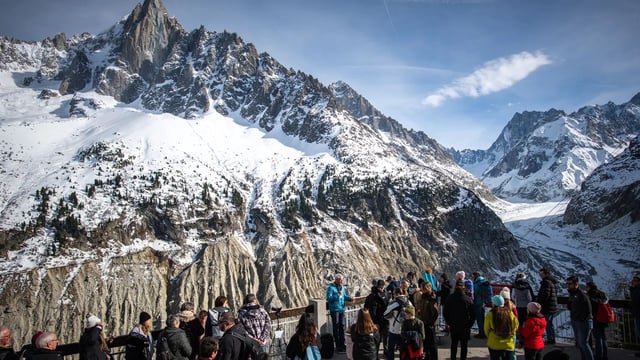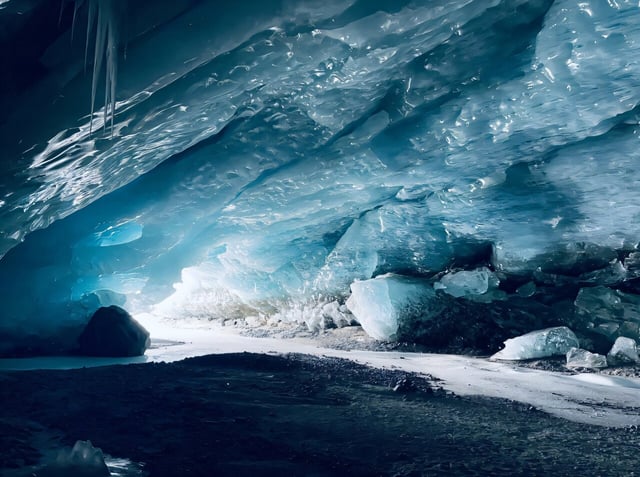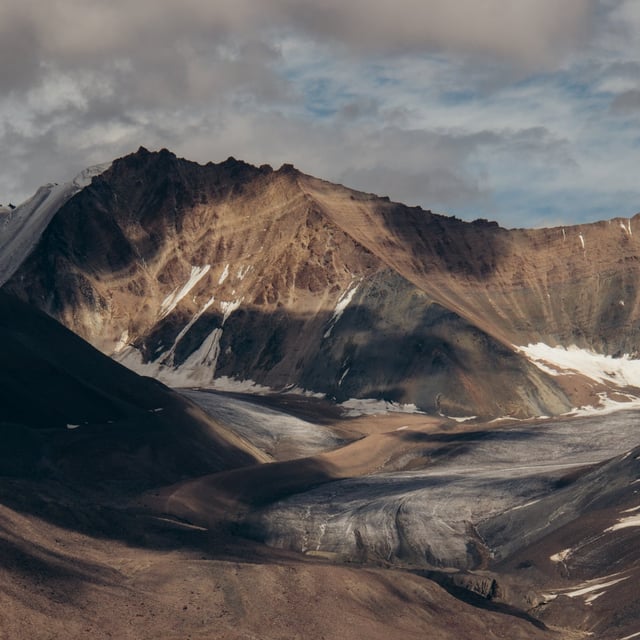Overview
- The Science study finds that stabilizing at today’s 1.2°C warming still commits 39% of glacier mass to melt, raising sea levels by over 10 cm.
- Models show that every 0.1°C of additional warming risks about 2% more glacier loss, illustrating the narrow margin between preserving 54% of ice at 1.5°C and losing 76% under a 2.7°C trajectory.
- Glacier inertia means mass loss will persist for centuries even without further warming, jeopardizing freshwater supplies, tourism economies and increasing flood and landslide hazards.
- Regions such as the European Alps, North American Rockies and Scandinavia face near-total ice loss at 2°C warming, and Himalayan glaciers risk drastic shrinkage that threatens billions dependent on their meltwater.
- The findings bolster the UN’s International Year of Glaciers’ Preservation and inform discussions at a high-level conference in Dushanbe on global glacier conservation commitments.



